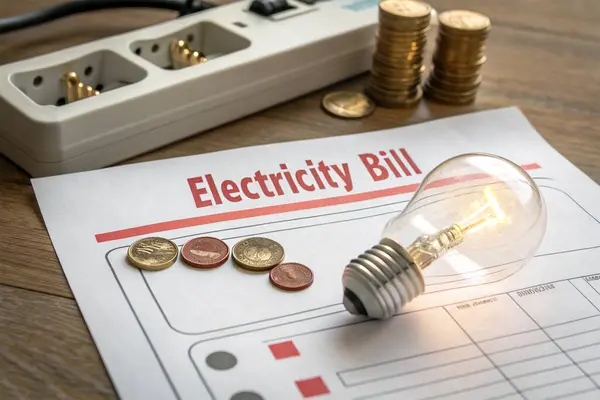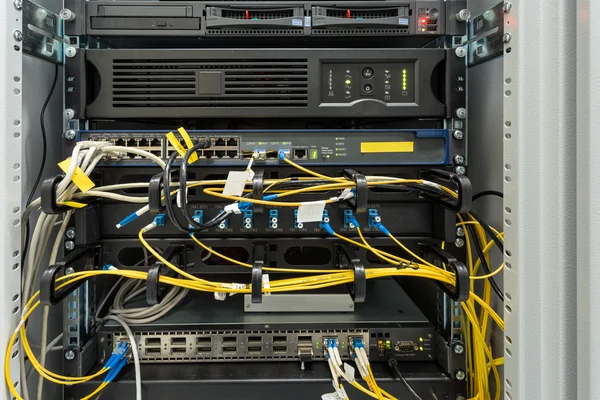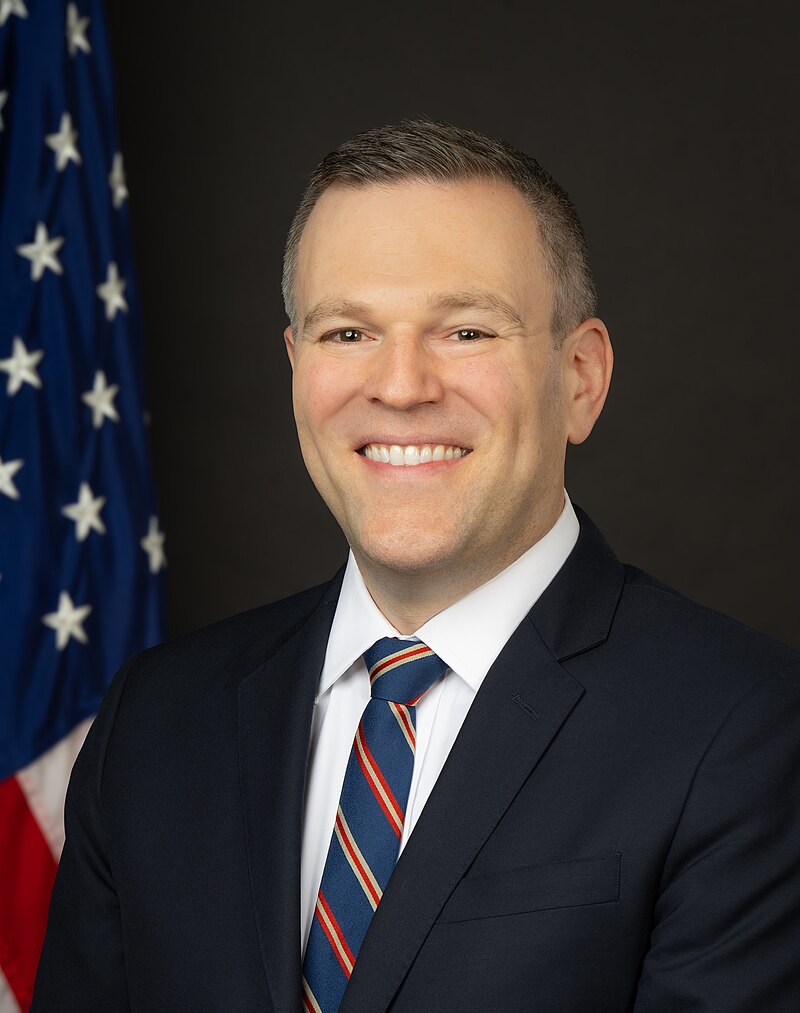
The spate of AI-driven data center proposals has become a flashpoint for utilities, regulators, and lawmakers alike as forecasts for electricity demand balloon to unprecedented levels. In some regions, peak loads could double in less than a decade, raising pressing questions of whether those numbers represent real projects or speculative ventures that may never materialize. The stakes are high overestimating demand risks billions in unnecessary infrastructure costs, while underestimating it could leave grids unprepared for real growth.

1. Predict Inflation and ‘Phantom Loads’
Utilities around the country are reporting eye-popping figures-American Electric Power has cited 18 GW of incremental data center load growth alone through 2029. But industry watchdogs caution that “nobody really knows” how much of this demand is real. Developers often submit multiple interconnection requests for the same project in different utility territories, a practice that can result in double-counting and distorted forecasts. In Texas, state lawmakers found ERCOT lacked the tools to determine whether peak demand projections heading toward 138 GW by 2030 were based on viable projects.

2. More Transparency in Legislation
States have begun legislating against speculative load growth. Texas’s Senate Bill 6 mandates that large-load customers disclose duplicate interconnection requests and requires shutoff equipment for loads over 75 MW, allowing utilities to curtail them in case of an emergency. Pennsylvania lawmakers have proposed legislation that would give regulators more power to vet utility forecasts, and FERC is pushing grid operators to use objective criteria to verify project viability before incorporating those projects into their demand projections.

3. Consumer Cost Exposure
Ratepayers are already taking a hit. In the PJM Interconnection region, which cuts across 13 states and Washington, D.C., capacity auction prices have rocketed jumping more than 500% from $2.2 billion in 2022 to $14.7 billion in 2024 driven to a great extent by data center load additions. Maryland’s consumer advocate David Lapp warns that without reforms, households could face hundreds of dollars in annual bill increases, subsidizing infrastructure for “just a few of the world’s wealthiest corporations.” In some cases, as in Baltimore Gas and Electric’s territory, residents are paying more even when they use less power, with costs buried in supply charges.

4. Technical Stress on Grid Infrastructure
Hyperscale AI data centers also come with unique engineering challenges. High-density computing loads require strong transmission capacity, with multibillion-dollar upgrades at times needed in the grid. PJM has proposed more than $11 billion in transmission projects to serve new growth from data centers-a cost of as much as $40 billion with financing. Facilities also employ sophisticated cooling systems, accounting for upwards of 40% of total energy consumption at times, and backup generation-additionally complicating load forecasting and infrastructure planning.

5. Renewable Integration and Efficiency Potential
But while many utilities default to fossil gas plants for meeting projected demand, renewable energy can be deployed more quickly and has lower long-term costs. In fact, over 90% of projects in the interconnection queue are solar, wind and battery storage projects. Efficiency gains from AI-optimized hardware and cooling systems could also ease demand growth, as happened during the 2010-2018 plateau in global data center energy use. But experts point to a possible “rebound effect” where efficiency gains allow greater computational capability, therefore pushing up consumption.

6. Reliability Safeguards
Texas’s rules for mandatory curtailment aim to avoid the scenario faced during Winter Storm Uri, in which residential customers lost power while industrial loads remained online. ERCOT estimates that as much as 50% of its anticipated 35 GW of data center capacity could provide emergency reliability support by 2030, if appropriately integrated into demand response programs. Other states could follow with similar provisions to help large loads contribute to grid stability rather than undermining it.

7. Forecasting Methodology Reforms
In the words of FERC’s David Rosner, “Improving forecasts by even a few percentage points can translate into billions of dollars of investments and customer bills.” Other leading practices are discounting speculative projects for observed delays in completion, multiple load growth scenarios in integrated resource plans, and coordination across regions to avoid double counting. Notable transparency in one example involves quarterly Large Load Economic Development Reports that Georgia Power publishes, outlining project size, review status, and ramp schedules for prospective loads over 115 MW.

8. Cost Accounting Innovations
To protect residential customers from speculative infrastructure costs, states like Oregon have implemented large load tariff categories that involve long-term contracts and direct assignment of costs. This guards against what would happen if a large demand did not come on-line, leaving residential customers to bear the capacity costs. Minnesota has implemented such protections but with no contract duration requirements.

9. Political and Regulatory Pressure
The affordability crisis is a political flashpoint. Governors of both parties in Pennsylvania and Virginia issued bipartisan principles calling for consumer protections and deeper interconnection reforms. At the federal level, debates over renewable energy policy and investment in fossil fuels are entangled with data center demand projections, influencing generation mix decisions that will shape the grid for decades. The result is that engineering, policy, and economic challenges increasingly converge as AI-driven expansion accelerates.
Unless demand forecasts are vigorously verified, and cost allocation is transparent, and efficiency and renewable strategies are integrated, the chance of overbuilding-and overbilling-remains acute. The message for regulators and policymakers is clear build only what is needed, and see to it that those driving demand pay their fair share.

